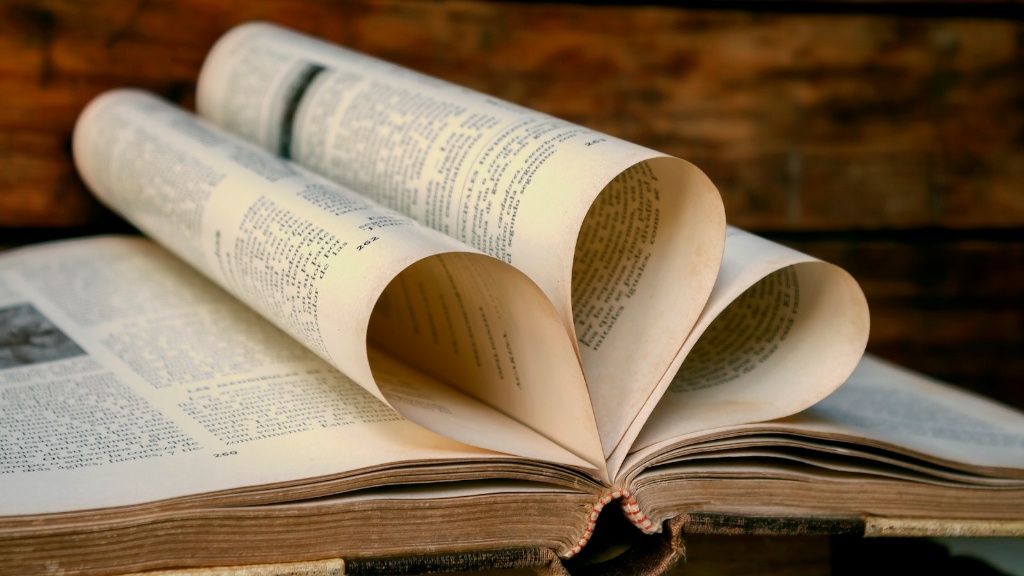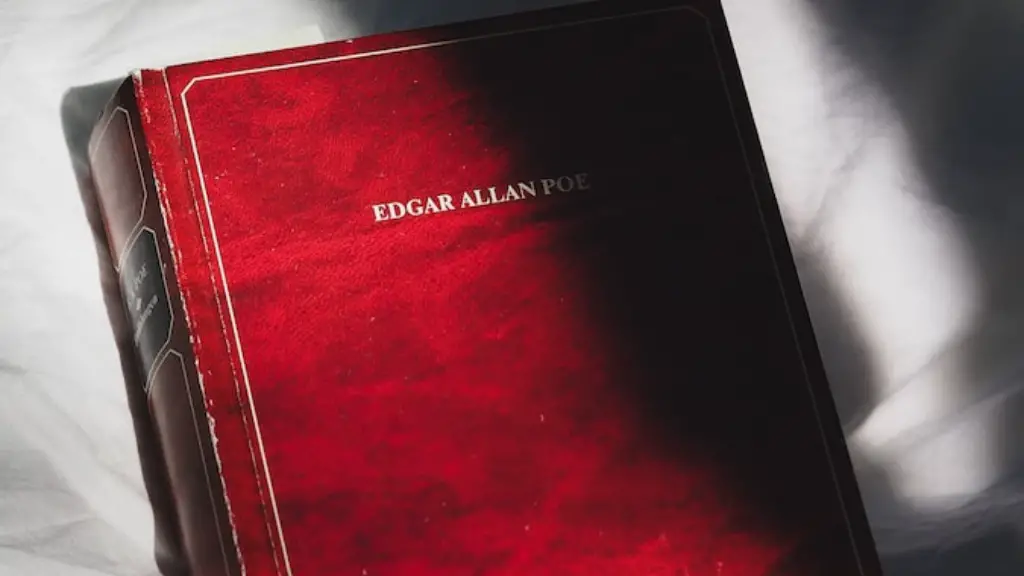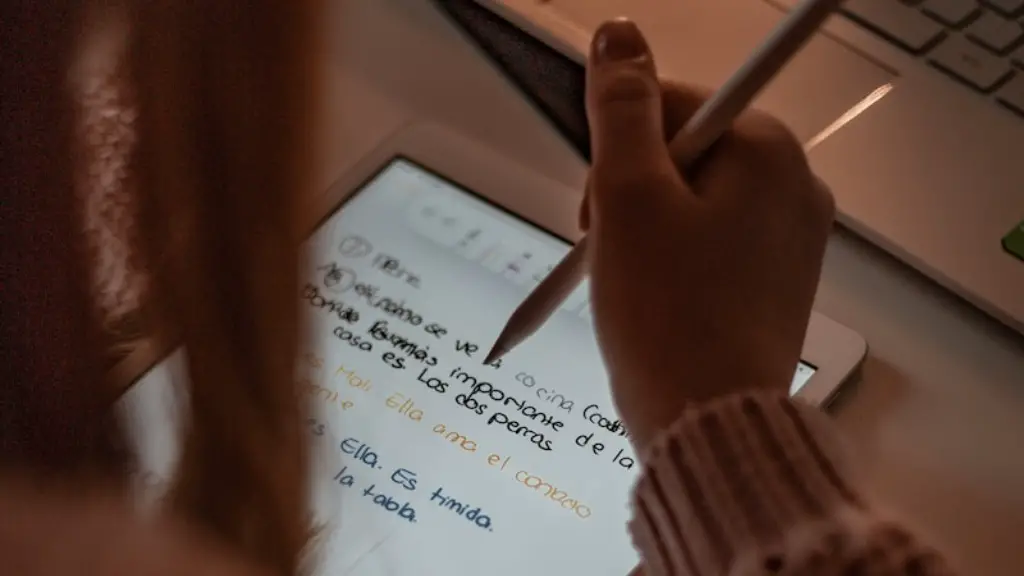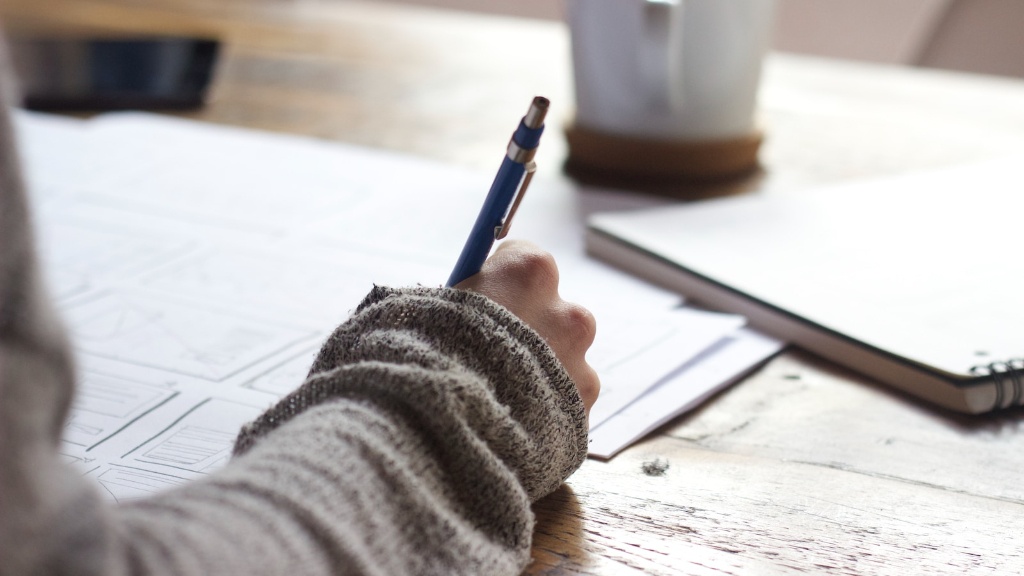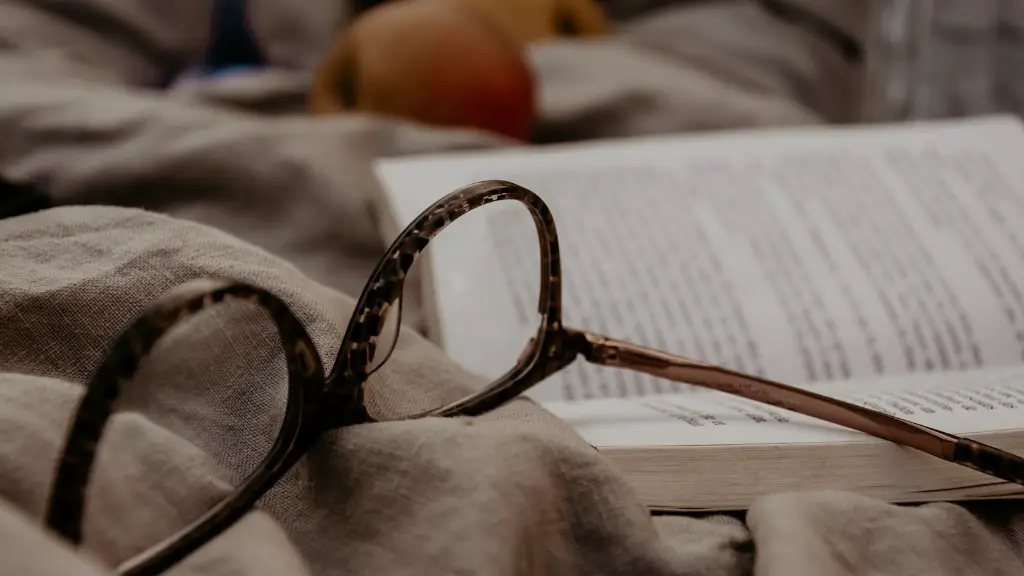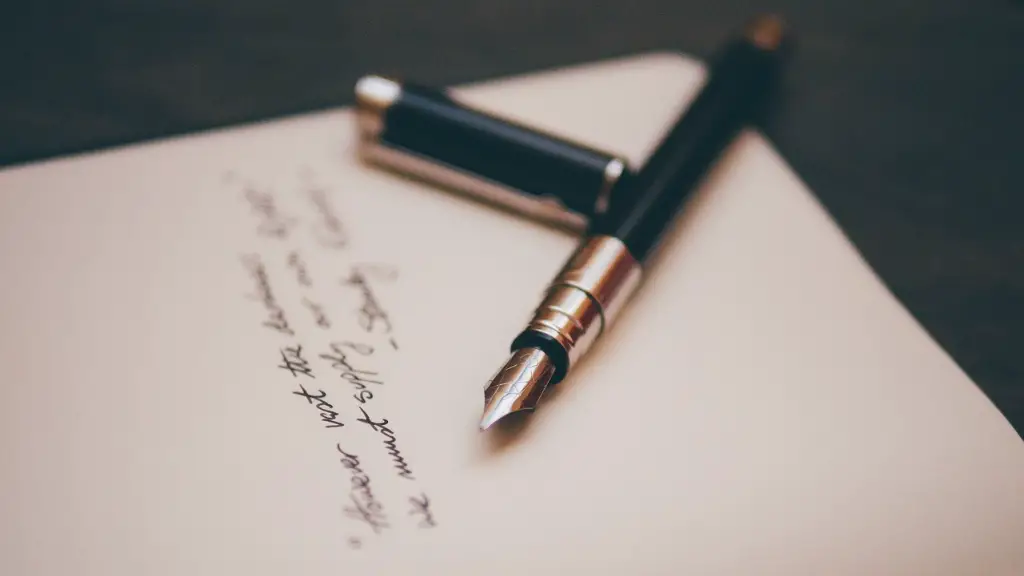End rhyme is a type of rhyme that appears at the end of verses or sentences in poetry. It is a powerful device in poetry, as a good rhyme helps create a strong sense of unity and flowin the composition. End rhyme also serves to accentuate certain sounds at the end of the lines.
End rhymes can be divided into two categories – perfect and imperfect. Perfect end rhymes are those that have complete identical sounds, like the words ‘plane’ and ‘rain’. Imperfect end rhymes, on the other hand, only have very similar sounds, like the words ‘right’ and ‘light’. Most poets prefer to use perfect end rhymes, as they are easier to spot and the relationship between two rhyming words can be more clearly perceived if their sounds are identical.
In order to create a successful end rhyme, the matching words should be placed in a position where they will draw attention to themselves. This can be done by stressing the words in a more powerful way than other words around them, or by placing them at the end of the poem, where they are more likely to be remembered.
When it comes to writing poetry, some experts suggest that one should “write what you hear”, meaning that they should be aware of the sound of the words they are writing and try to create a pleasing and memorable sound. This is especially true when writing poems that contain end rhymes – the ideal end rhyme should be lively and noticeable.
More experienced poets might also want to consider using internal rhymes. These are rhymes that span across several lines and often serve to emphasize certain points in the poem. For instance, a poet might use internal rhyme to emphasize a certain character’s mood or to shift the focus of the poem to an entirely different topic.
Finally, it should be noted that end rhyme does not necessarily have to be the same from beginning to end. Poets can create an interesting and unique flow by changing the end rhymes in different phrases. This can help keep the poem fresh and engaging, while still maintaining a sense of unity.
Different Rhymes in Poetry
In addition to end rhymes, there are many different types of rhymes that are used in poetry. Assonance and consonance, for instance, refer to rhyming patterns in which the letters in the rhyming words are not identical. Alliteration, on the other hand, occurs when the rhyming words begin with the same sound. Finally, there are rhymes that occur across multiple lines, such as those found in sonnets.
For poets who are just beginning to explore rhyme, it can be helpful to experiment with different types of rhymes. Different rhymes can evoke different emotions and give the poem a unique feel. By trying different combinations, poets can find the best way to express their ideas.
It should also be noted that end rhymes are not the only type of rhyme that can be used to make a poem flow. Internal and assonance rhymes, for example, can help to create a smooth flow across a poem without the need for end rhymes. This can allow the poet to bring order to the poem while still giving them the opportunity to experiment with different sounds and rhythms.
Creating End Rhymes in Poems
In order to create successful end rhymes in poetry, poets must first have a good understanding of rhyme and the different types that exist. It is also important to consider the placement of the rhyming words and to make sure that they are placed in a way that stresses their importance. Additionally, poets should have an understanding of the sounds and rhythms they are trying to create with their rhymes so that they can use the appropriate ones for their poem.
Once poets have a good understanding of end rhyme and how to use it in poetry, they can then begin to experiment with different combinations to create interesting and unique effects. As with any type of writing, practice makes perfect and poets should keep experimenting until they find the perfect way to express their ideas.
Rhyme Schemes In Poems
In addition to end rhymes, poets often use rhyme schemes in their poems. A rhyme scheme is a pattern in which the last syllable of a line is rhymed with another in a poem. For example, in a sonnet, the lines would typically be written in iambic pentameter, and end with a rhyme scheme such as ABAB, CDCD, etc.
Rhyme schemes are often used to create a sense of unity in a poem and to give it a more structured feel. This can be beneficial for those who are starting out in poetry, as the rhyme schemes can help them stay on track and give their poem a sense of continuity.
It is also important for poets to understand the different types of rhyme schemes that are available and how they can be used. Rhyme schemes can be used to create atmosphere and to emphasize certain ideas, or they can be used to create unity and give the poem a sense of flow. By understanding the different types of rhyme schemes and how they are used, poets can better create powerful and effective poems.
The Use of End Rhymes in Poems
End rhymes are a powerful tool in poetry and can be used to powerful effect. When used properly, end rhyme can create a sense of unity, give the poem a more structured feel, and highlight certain words or ideas. It can also be used to create interesting and unique effects in a poem, or to give a certain phrase a more memorable sound.
Although end rhyme can be an effective poem writing tool, it should not be used too often. If a single poem relies too much on end rhymes, the poem can become monotonous and the words can become too predictable for the reader. As a general rule, poets should try to use end rhymes sparingly and focus on using a mixture of different types of rhymes in their work.
At the end of the day, the use of end rhyme in poetry is a matter of personal preference. Each poet will have their own unique style and should strive to find the right balance between traditional structures and creative experimentation. Ultimately, the goal should be to create a poem that resonates with the reader and leaves them feeling deeply moved.
Creating Unique End Rhymes
For those looking to create unique and interesting poems, it is important to find ways to shake up the traditional rules of end rhyme. One way to do this is to use different types of end rhymes in the same poem. For example, a poet might use both perfect and imperfect end rhymes in the same work, which can help create an interesting and unexpected flow.
Another way to create unique end rhymes is to experiment with different types of sounds. For example, a poet might use onomatopoeia to create interesting sounds, or they might use words with different syllable lengths to create a rhythm. By experimenting with different types of sounds, a poet can create a unique poem that resonates with the reader.
Finally, poets should consider the placement of their end rhymes. By placing the rhyming words towards the end of the poem, they can give the poem a more memorable feel. Additionally, by placing the rhyming words in different positions, the poet can create a unique rhythm, which can help to keep the poem engaging and engaging.
Conclusion
End rhymes are an integral part of poetry and can be used to powerful effect. By understanding the different types of end rhymes and how they can be used, poets can create interesting and powerful poems that resonate with the reader. Additionally, by experimenting with different types of end rhymes and considering the placement of the rhymes, poets can find new and innovative ways to write their poems.
